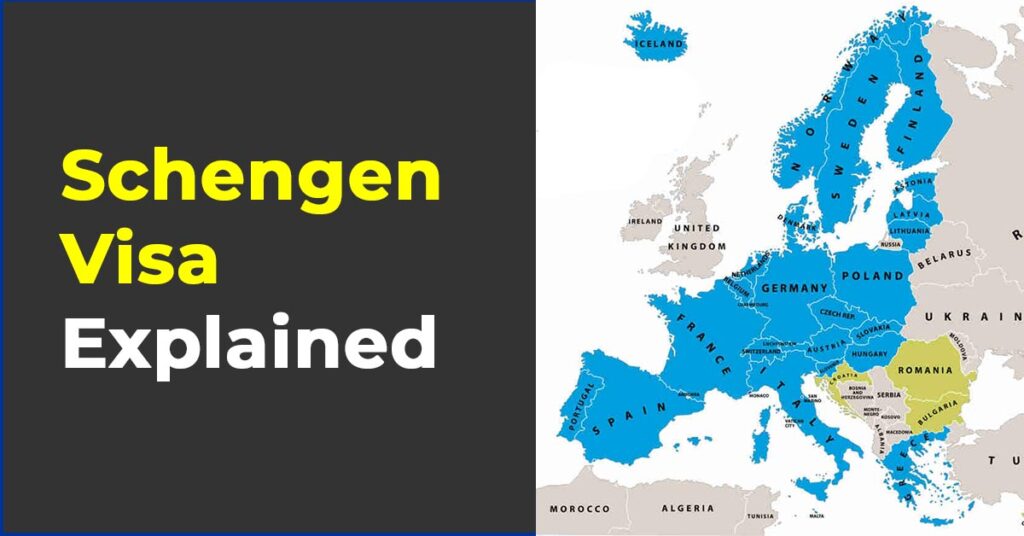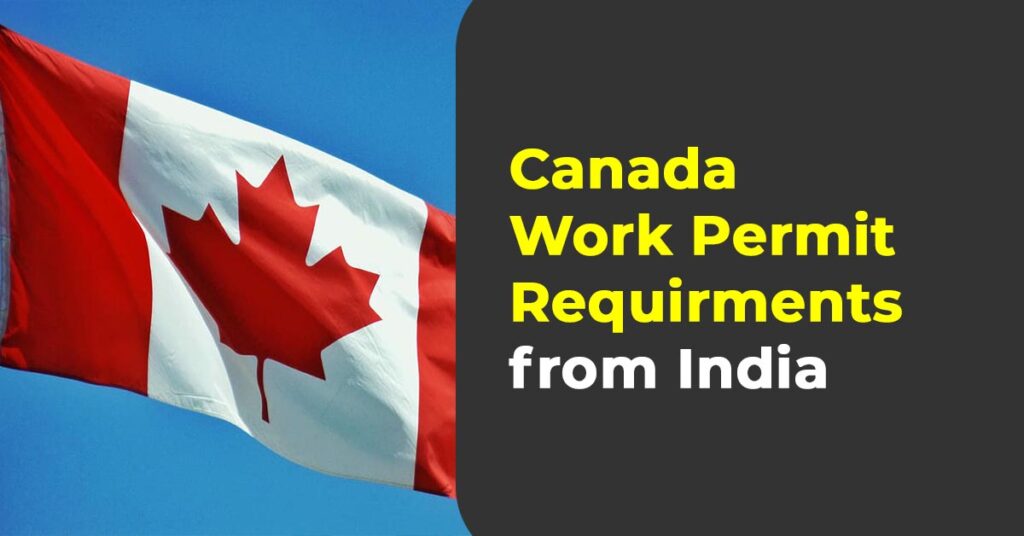A Schengen Visa is a short-stay visa that allows a person to travel to any member countries of the Schengen Area, allowing stays for up to 90 days for tourism or business purposes. The Schengen Area is a group of 26 European countries that have abolished passport and other types of border control at their mutual borders.
Important Things to know about the Schengen Visa:
Purpose: The Schengen Visa is mainly used for tourism, business visits, visiting family and friends, short-term studies and training, and transit purposes.
Duration: It typically allows stays of up to 90 days within a 180-day period. This means you can stay for a total of 90 days within any 180-day period in the Schengen Area.
Coverage: A Schengen Visa allows you to travel freely within the Schengen Area countries, which includes most European Union countries and four non-EU countries: Norway, Iceland, Switzerland, and Liechtenstein.
Types: There are several types of Schengen Visas, depending on the purpose of your travel, including single-entry, double-entry, and multiple-entry visas.
Application Process: The application process typically involves filling out a form, providing various documents (like a passport, photos, travel itinerary, proof of accommodation, travel insurance, and proof of financial means), and attending an interview.
Uniformity: The visa policies and conditions are generally uniform across all Schengen countries, although there can be slight variations in the application process or required documents in each country.
Common Visa Policy: The Schengen Visa operates under a common visa policy, which means that the rules and regulations are set by the Schengen Agreement, and all member countries follow these rules.
Remember, the rules and requirements for a Schengen Visa can change, so it’s always a good idea to check the latest information from the official website or consulate of the country you plan to visit
How many countries are in the Schengen Area?
The Schengen Area comprises 27 European countries. These countries have abolished passport and other types of border control at their mutual borders, allowing for free and unrestricted movement of people within the area.
The Schengen Area Includes the following Countries:
| 1. Austria | 10. Greece | 19. Netherlands |
| 2. Belgium | 11. Hungary | 20. Norway (Non EU member) |
| 3. Croatia | 12. Iceland (Non EU member) | 21. Poland |
| 4. Czech Republic | 13. Italy | 22. Portugal |
| 5. Denmark | 14. Latvia | 23. Slovakia |
| 6. Estonia | 15. Liechtenstein (Non EU member) | 24. Slovenia |
| 7. Finland | 16. Lithuania | 25. Spain |
| 8. France | 17. Luxembourg | 26. Sweden |
| 9. Germany | 18. Malta | 27. Switzerland (Non EU member) |
It’s important to note that the Schengen Area is not the same as the European Union (EU), as it includes countries that are not in the EU and excludes some EU countries. We advise to check the latest information as the composition of the Schengen Area can change.
How One Schengen Visa Opens Doors to 27 Countries
Imagine having a single key that unlocks the doors to 27 diverse and culturally rich countries in Europe. That’s the power of a Schengen Visa. This remarkable visa simplifies travel across much of Europe, making it a dream come true for travelers.
The Schengen Visa is designed to enable short-term travel (up to 90 days within a 180-day period) across the Schengen Area without the need for additional visas for each country.
However, there are a few important points to keep in mind:
Purpose of Stay: Your travel purpose should remain consistent with what was declared when you applied for the visa. For instance, if you have a tourist visa, your activities should be tourism-related.
Entry Point Should Match Visa Issuance: Ideally, you should first enter the Schengen Area through the country that issued your visa, especially if that country is your main destination.
Duration of Stay: The 90/180 rule applies to the entire Schengen Area. This means you can stay in the Schengen Area for up to 90 days within any 180-day period, not 90 days in each Schengen country.
Travel Restrictions: Sometimes, specific visas may have restrictions, such as limited territorial validity visas (LTV), which restrict travel to the issuing country or a limited number of countries within the Schengen Area.
Changes in Circumstances: Be aware of any changes in the Schengen Area’s policies or your home country’s relationship with the Schengen Area that might affect your visa status.
Always verify the specific terms and conditions of your Schengen Visa and ensure that you comply with the immigration rules of each country you plan to visit.
Who needs to apply for a Schengen Visa?
Citizens of many countries outside of the European Union, the European Economic Area, and several other visa-exempt countries typically need to apply for a Schengen Visa. These countries include, but are not limited to:
| Afghanistan | Guinea-Bissau | Palau |
| Algeria | Guyana | Palestinian Authority |
| Angola | Haiti | Papua New Guinea |
| Armenia | India | Philippines |
| Azerbaijan | Indonesia | Qatar |
| Bahrain | Iran | Russia |
| Bangladesh | Iraq | Rwanda |
| Belarus | Jamaica | Samoa |
| Belize | Jordan | São Tomé and Príncipe |
| Benin | Kazakhstan | Saudi Arabia |
| Bhutan | Kenya | Senegal |
| Bolivia | North Korea | Sierra Leone |
| Botswana | Kuwait | Solomon Islands |
| Burkina Faso | Kyrgyzstan | Somalia |
| Burundi | Laos | South Africa |
| Cambodia | Lebanon | South Sudan |
| Cameroon | Lesotho | Sri Lanka |
| Cape Verde | Liberia | Sudan |
| Central African Republic | Libya | Suriname |
| Chad | Madagascar | Swaziland (Eswatini) |
| China | Malawi | Syria |
| Comoros | Maldives | Tajikistan |
| Congo (Republic of) | Mali | Tanzania |
| Côte d'Ivoire | Marshall Islands | Thailand |
| Cuba | Mauritania | Timor-Leste |
| Democratic Republic of the Congo | Mauritius | Togo |
| Djibouti | Micronesia | Tonga |
| Dominican Republic | Moldova | Tunisia |
| Ecuador | Mongolia | Turkey |
| Egypt | Morocco | Turkmenistan |
| Equatorial Guinea | Mozambique | Tuvalu |
| Eritrea | Myanmar | Uganda |
| Ethiopia | Namibia | Ukraine |
| Fiji | Nauru | Uzbekistan |
| Gabon | Nepal | Vanuatu |
| Gambia | Niger | Vietnam |
| Georgia | Nigeria | Yemen |
| Ghana | Oman | Zambia |
| Guinea | Pakistan | Zimbabwe |
This list is not exhaustive and is subject to change. Certain countries may have agreements with the Schengen Area that could alter visa requirements. Always consult the official Schengen visa website or the embassy of the Schengen country you intend to visit for the most current information.
How to Apply for the Schengen Visa?
Applying for a Schengen Visa is a straightforward process, but it requires careful preparation and attention to detail. Here’s a step-by-step guide to help you through the application process.
Step 1: Determine Your Visa Type
First, identify the type of Schengen Visa you need. This depends on your travel purpose, such as tourism, business, visiting family, or study.
Step 2: Choose the Country to Apply Through
Apply through the embassy or consulate of the country that is your main destination. If visiting multiple Schengen countries without a main destination, apply through the country of first entry.
Step 3: Check the Application Requirements
Each country might have slightly different requirements. Generally, you will need:
- A completed visa application form.
- A valid passport.
- Recent passport-sized photos.
- Travel insurance covering at least €30,000 within the Schengen Area.
- A cover letter explaining your itinerary and the purpose of your visit.
- Flight itinerary.
- Proof of accommodation.
- Proof of financial means.
- Visa application fee.
Step 4: Book an Appointment
You usually need to book an appointment at the embassy or consulate. This can often be done online.
Step 5: Gather Your Documents
Prepare all the required documents. Ensure they are up-to-date and accurately filled out. It’s advisable to make copies of all your documents.
Step 6: Attend the Visa Interview
During the interview, you’ll be asked questions about your trip, including your travel plans, accommodation, and how you plan to fund your stay.
Step 7: Pay the Visa Fee
The Schengen Visa application fee is generally non-refundable. The fee can vary, so check the exact amount in advance.
Step 8: Track Your Application
After the interview, you can track the status of your visa application through the embassy’s website or contact system.
Step 9: Collect Your Visa
Once approved, you’ll either receive your visa by mail or you’ll collect it from the embassy.
Tips for a Smooth Application Process
- Apply well in advance of your travel date, ideally at least 15 days before.
- Ensure your passport has at least two blank pages and is valid for at least three months beyond your departure date from the Schengen Area.
- Be honest and provide accurate information throughout the process.
Remember, the Schengen Visa process can vary slightly between countries, so always check the specific requirements of the embassy or consulate you are applying through.
End Note
Embarking on a journey with a Schengen Visa not only offers the opportunity to explore some of the world’s most iconic destinations but also represents a journey into the heart of diverse cultures and experiences. With careful planning, accurate information, and a sense of adventure, your travels through the Schengen Area can become memories that last a lifetime.




